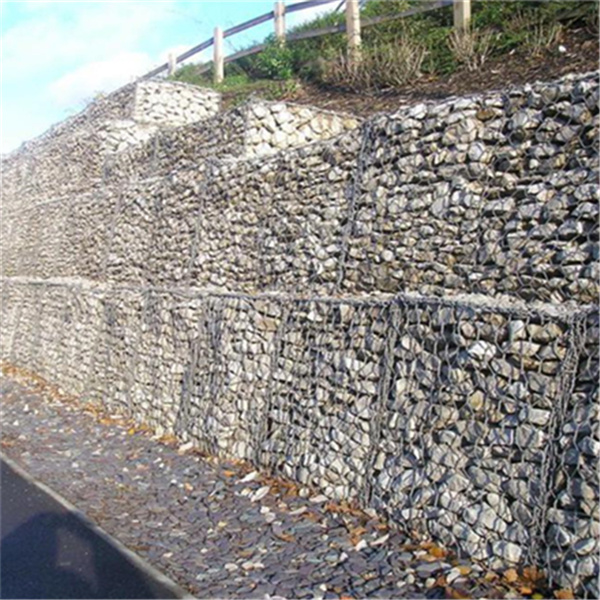Sep . 06, 2024 08:29 Back to list
High-Quality Gabion Wall Structures | Reliable Gabion Wall Factory
The Evolution and Importance of Gabion Wall Structure Factories
Gabion walls, constructed from wire mesh cages filled with stones or other materials, have gained substantial popularity in various engineering projects due to their versatility, durability, and eco-friendliness. As a result, gabion wall structure factories have emerged as integral players in the construction industry, offering a range of solutions for retaining soil, managing water flow, and enhancing landscapes. This article delves into the role and significance of these specialized factories, their production techniques, and the benefits of gabion walls.
Understanding Gabion Walls
Gabion walls are permeable structures made up of stacked cages filled with stones, gravel, or other suitable materials. They are commonly employed in civil engineering projects to prevent soil erosion, create sound barriers, and serve as aesthetically pleasing landscape features. Due to their natural drainage properties, gabion walls can adapt to shifting soils and effectively handle water runoff, making them an excellent choice for areas prone to flooding.
The Role of Gabion Wall Structure Factories
Gabion wall structure factories play a crucial role in the production of these innovative structures. These factories typically use automated machinery to produce high-quality wire mesh, which is then formed into cages or baskets. The manufacturing process involves several stages, including design, welding, galvanization, and assembly. Advanced technologies ensure that the final products meet industry standards for strength and durability.
gabion wall structure factory

Additionally, gabion wall structure factories often offer customized solutions to meet the specific needs of clients. This includes the ability to produce various cage sizes, shapes, and materials, allowing for tailored designs in accordance with the project requirements. In recent years, increased demand for sustainable building materials has further propelled the growth of these factories, as gabion walls are often composed of locally sourced stones and recycled materials.
Environmental Benefits
One of the primary advantages of gabion walls is their minimal environmental impact. The use of natural materials and their permeability ensures that they blend seamlessly with the surrounding landscape. Furthermore, the ability to utilize locally sourced stones reduces transportation costs and carbon emissions associated with transport.
Gabion walls also play a vital role in promoting biodiversity. By incorporating plant life into the design, these structures can create habitats for various species while preventing soil erosion. Some factories are even exploring the use of biodegradable materials in their production processes, further enhancing the sustainability of gabion walls.
Conclusion
The rise of gabion wall structure factories reflects the growing demand for innovative and sustainable construction solutions. By providing durable, eco-friendly products tailored to specific project needs, these factories contribute significantly to the field of civil engineering. As communities continue to face challenges related to erosion, flooding, and the need for effective landscape solutions, gabion walls will undoubtedly remain a popular choice. Through ongoing advancements in manufacturing techniques, the future of gabion wall structures looks promising, offering both functionality and aesthetic appeal in the built environment.
-
Why PVC Coated Gabion Mattress Is the Best Solution for Long-Term Erosion Control
NewsMay.23,2025
-
Gabion Wire Mesh: The Reinforced Solution for Modern Construction and Landscape Design
NewsMay.23,2025
-
Gabion Wall: The Flexible, Seismic-Resistant Solution for Modern Landscaping and Construction
NewsMay.23,2025
-
Gabion Wall Solutions: The Durable, Decorative, and Affordable Choice for Every Landscape
NewsMay.23,2025
-
Gabion Basket: The Durable and Flexible Alternative to Traditional Retaining Walls
NewsMay.23,2025
-
Gabion Basket: The Proven Solution for Slope Stability and Flood Control
NewsMay.23,2025
-
Versatility of Chain Link Fence Gabion
NewsMay.13,2025






